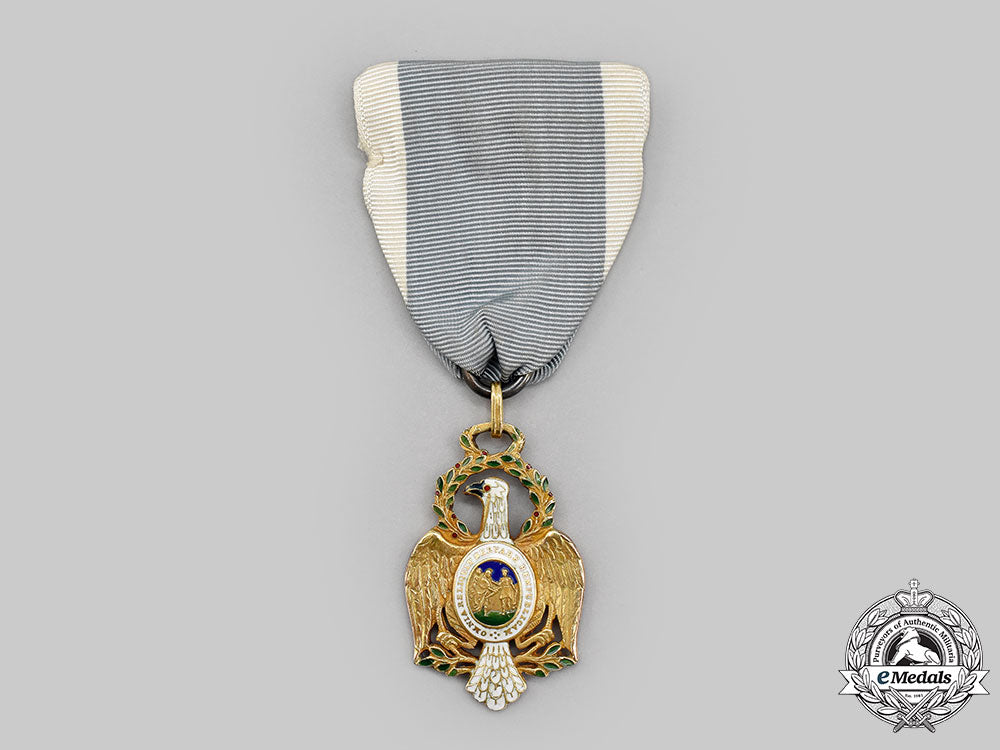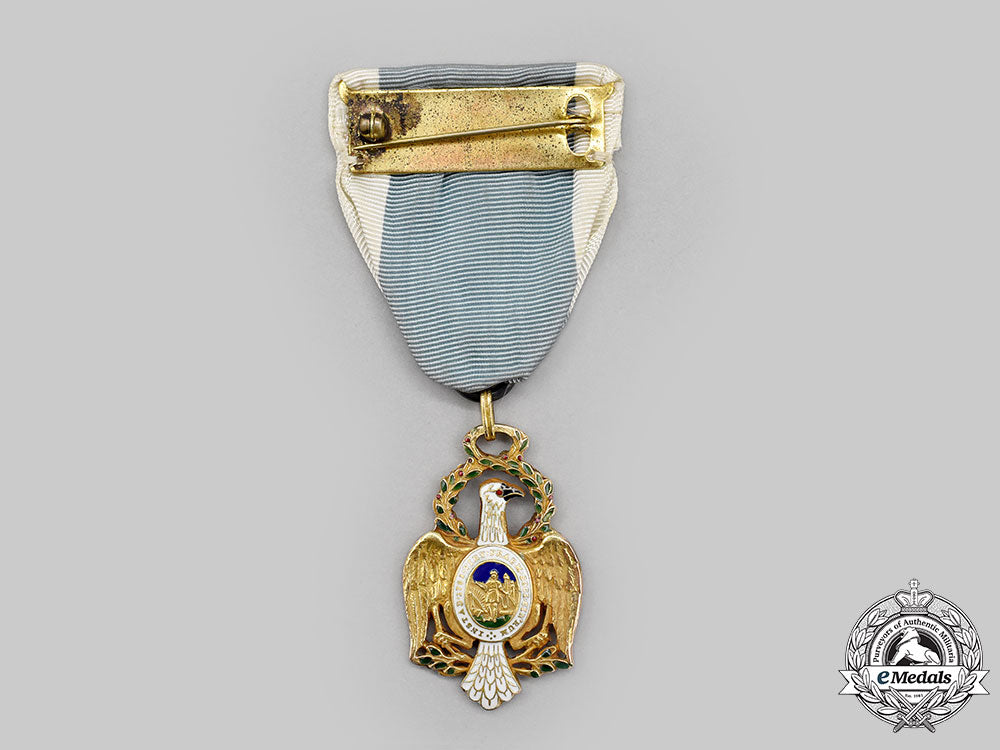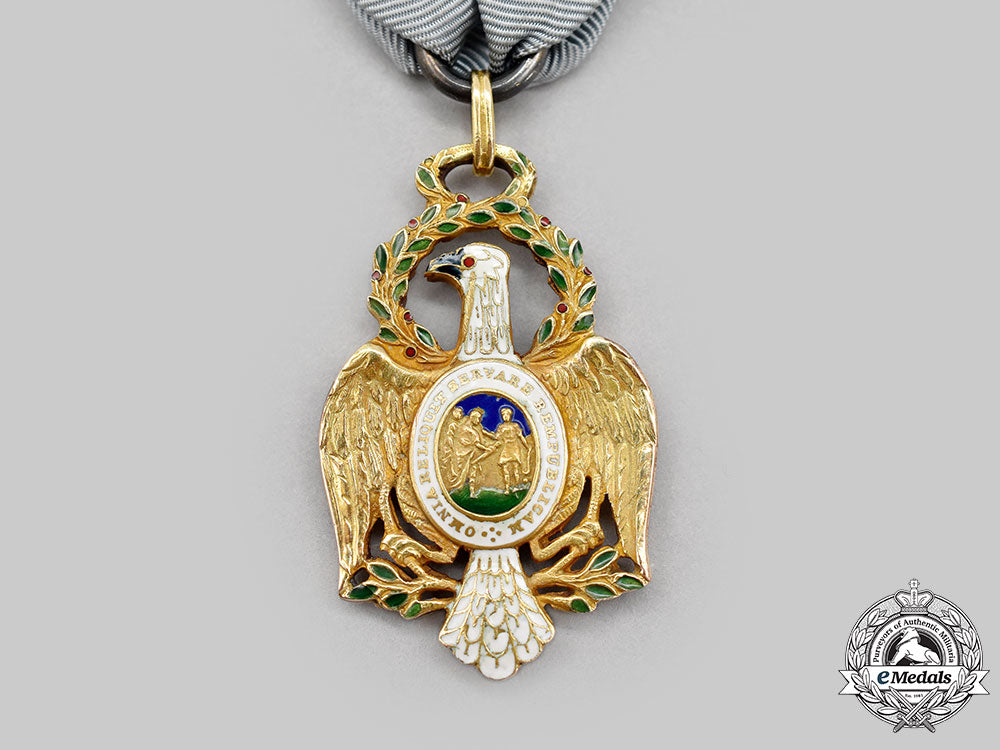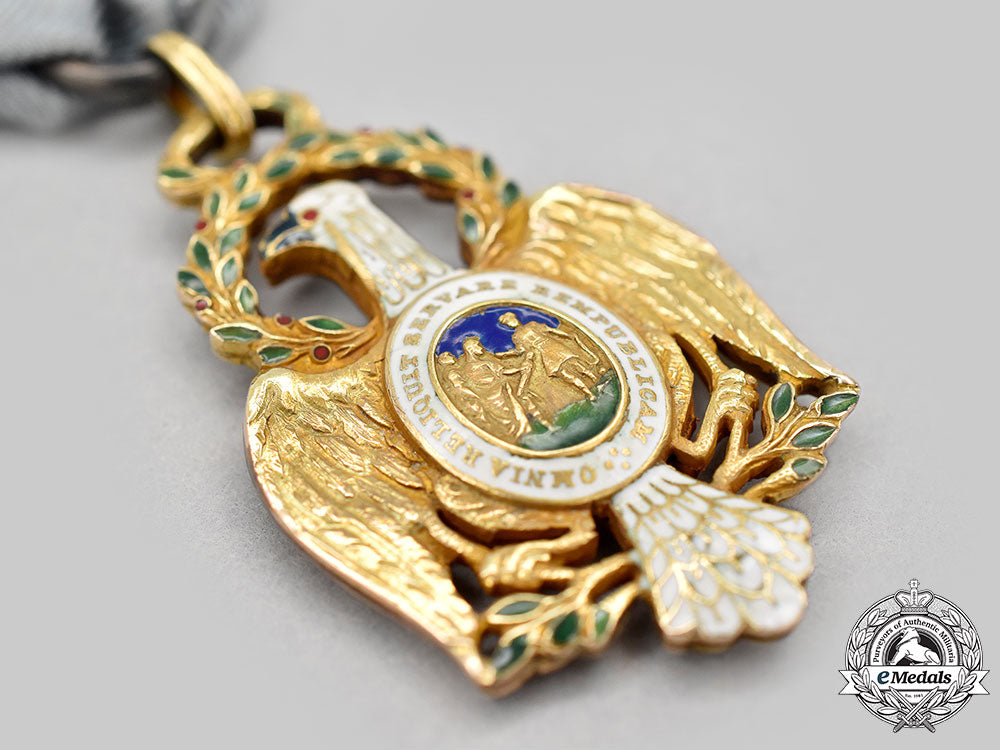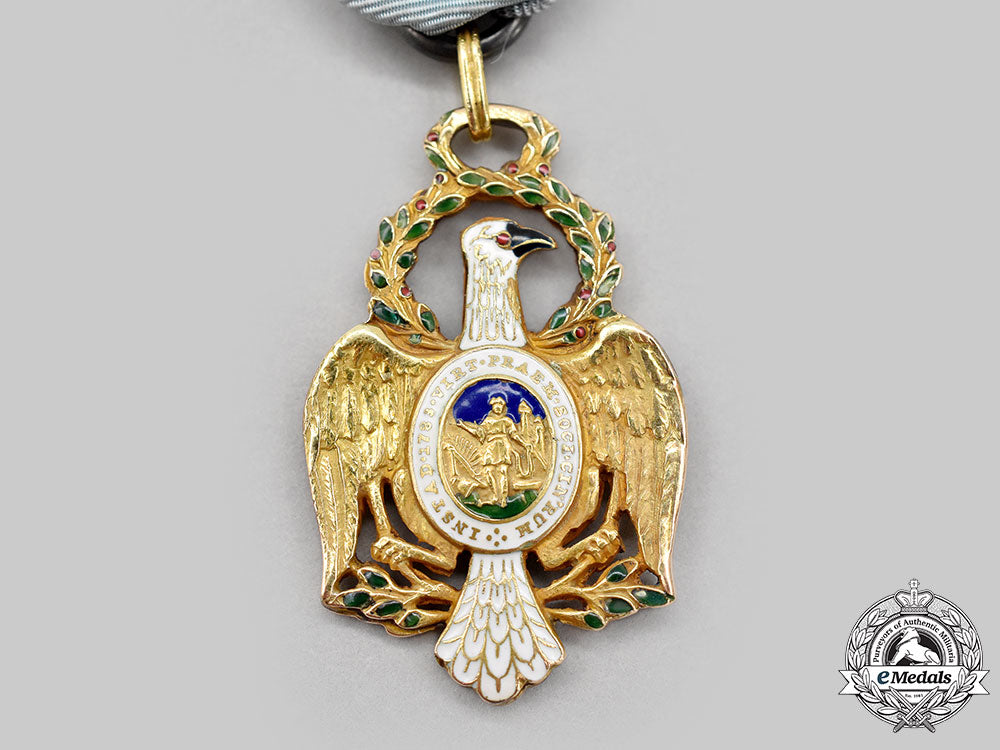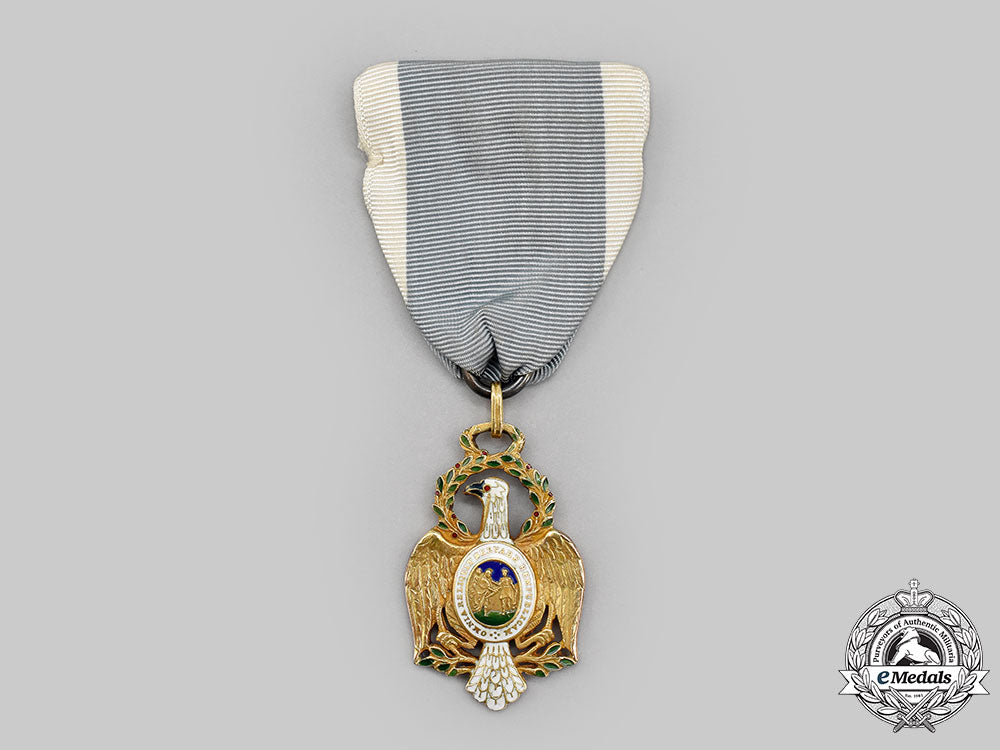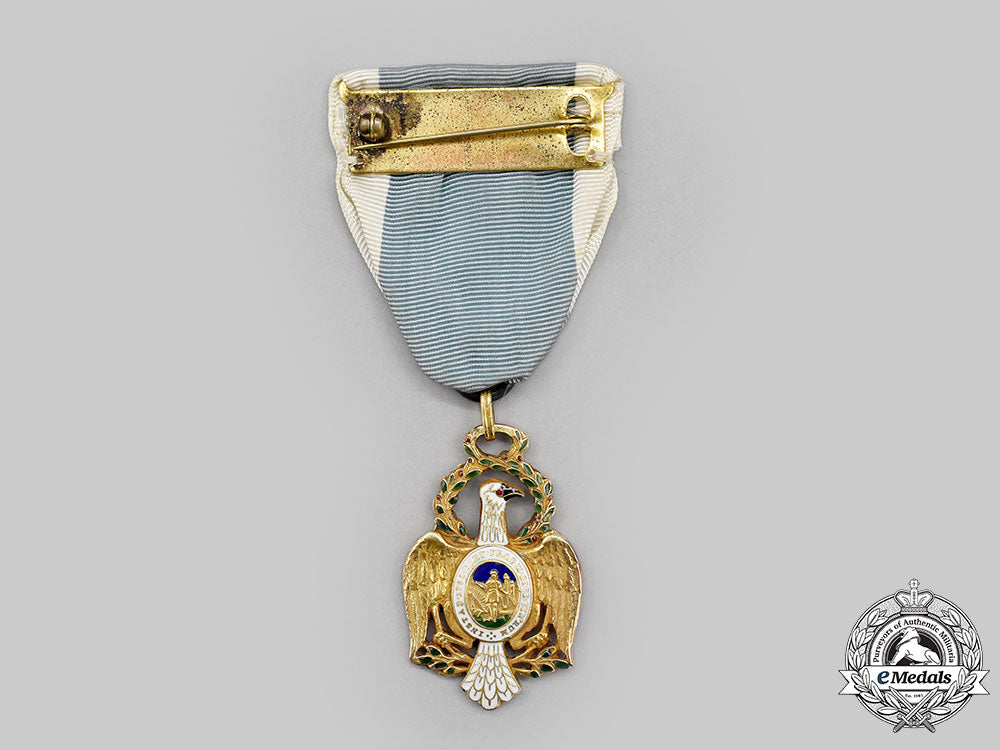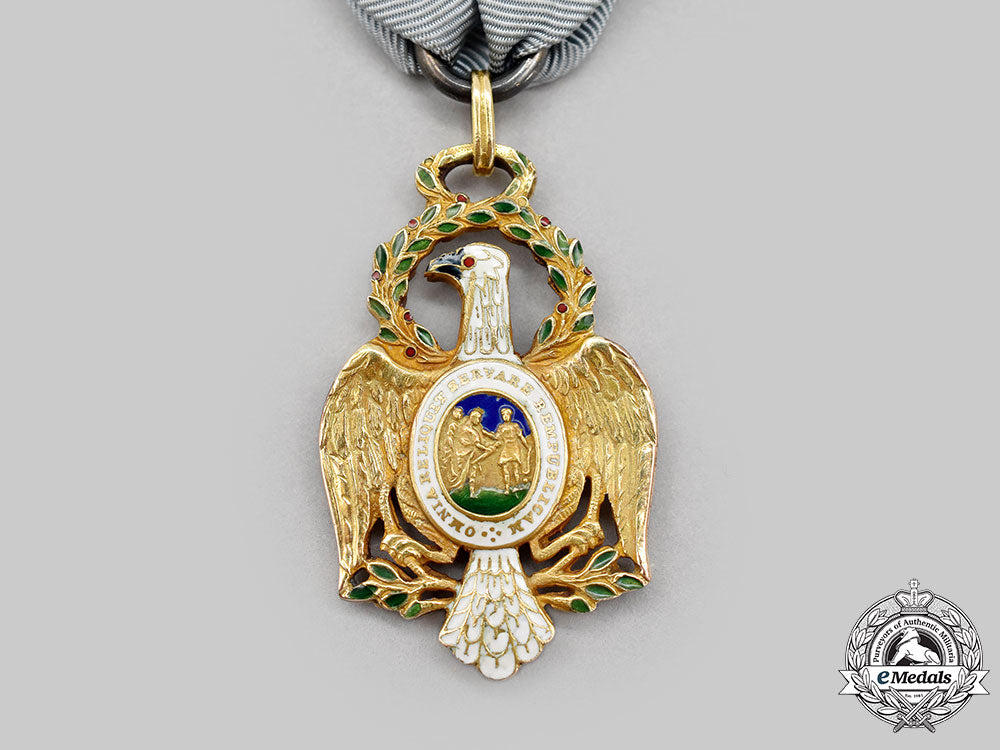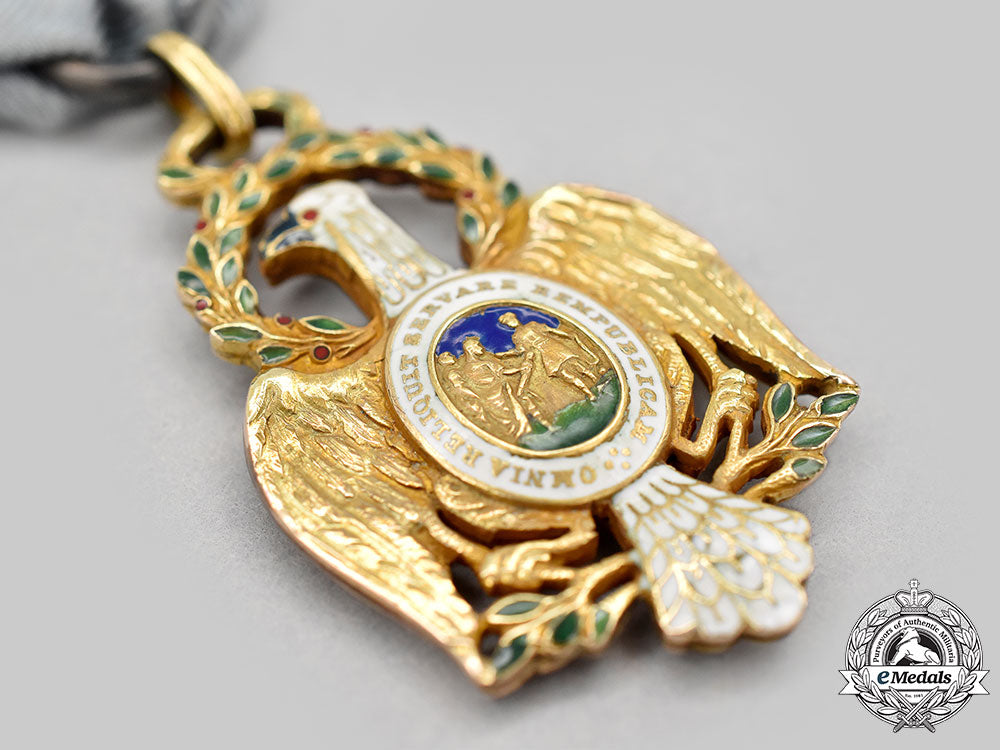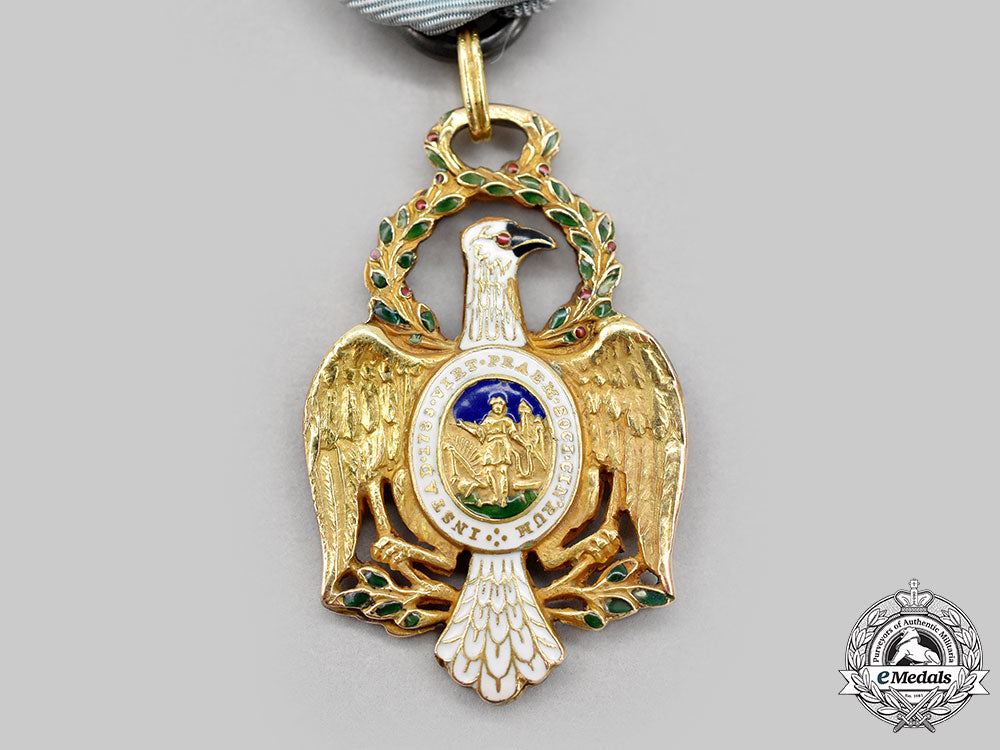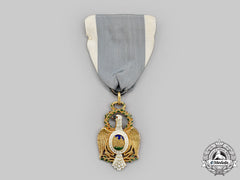
LOADING ...
In response to evolving domestic opinion, eMedals Inc has made the conscious decision to remove the presentation of German Third Reich historical artifacts from our online catalogue. For three decades, eMedals Inc has made an effort to preserve history in all its forms. As historians and researchers, we have managed sensitive articles and materials with the greatest of care and respect for their past and present social context. We acknowledge the growing sentiments put forth by the Canadian public and have taken proactive actions to address this opinion.
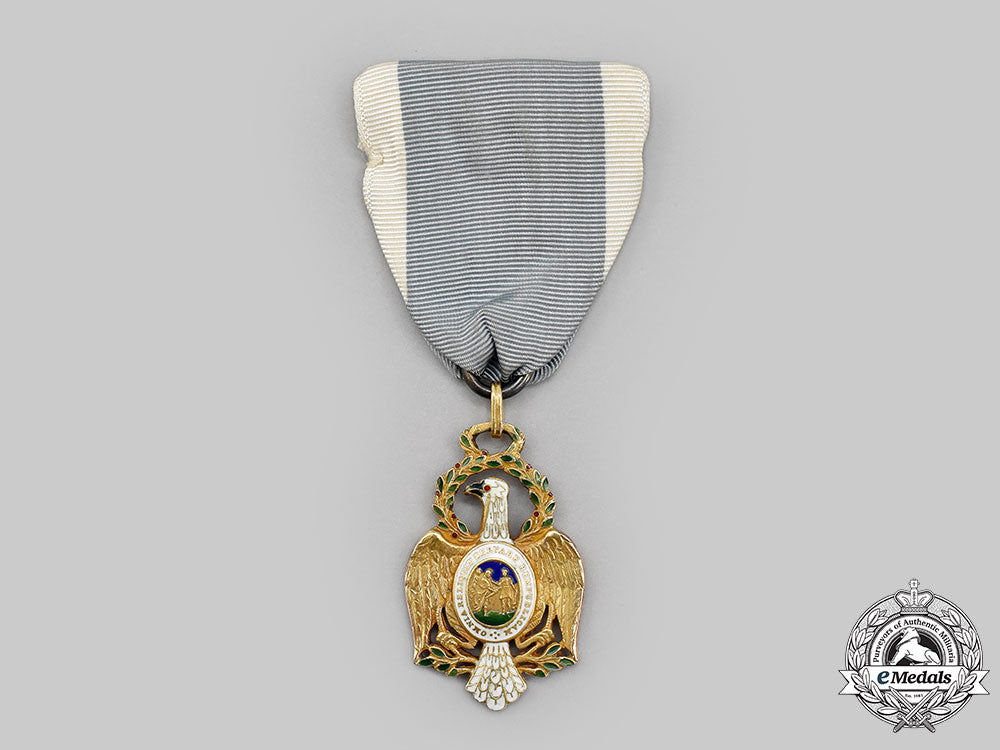
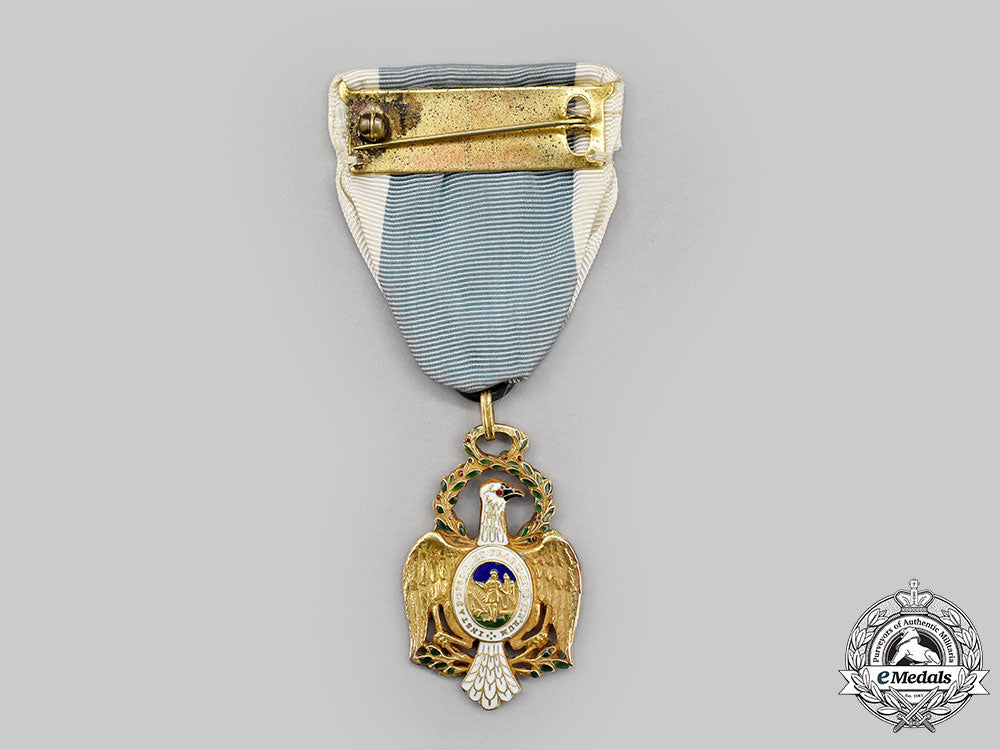
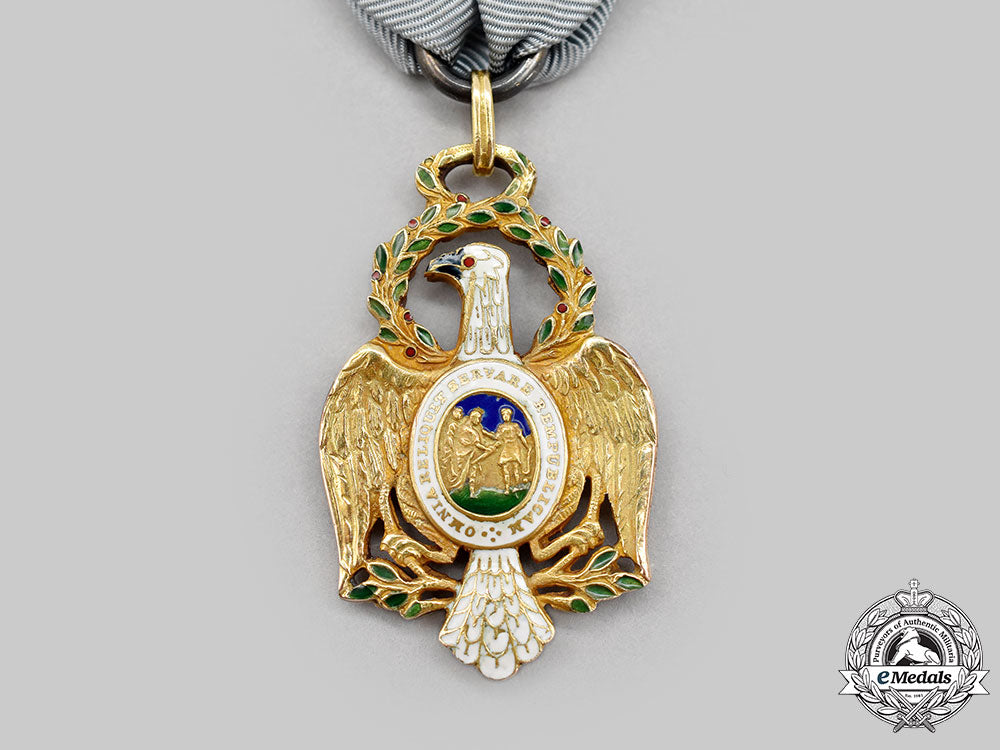
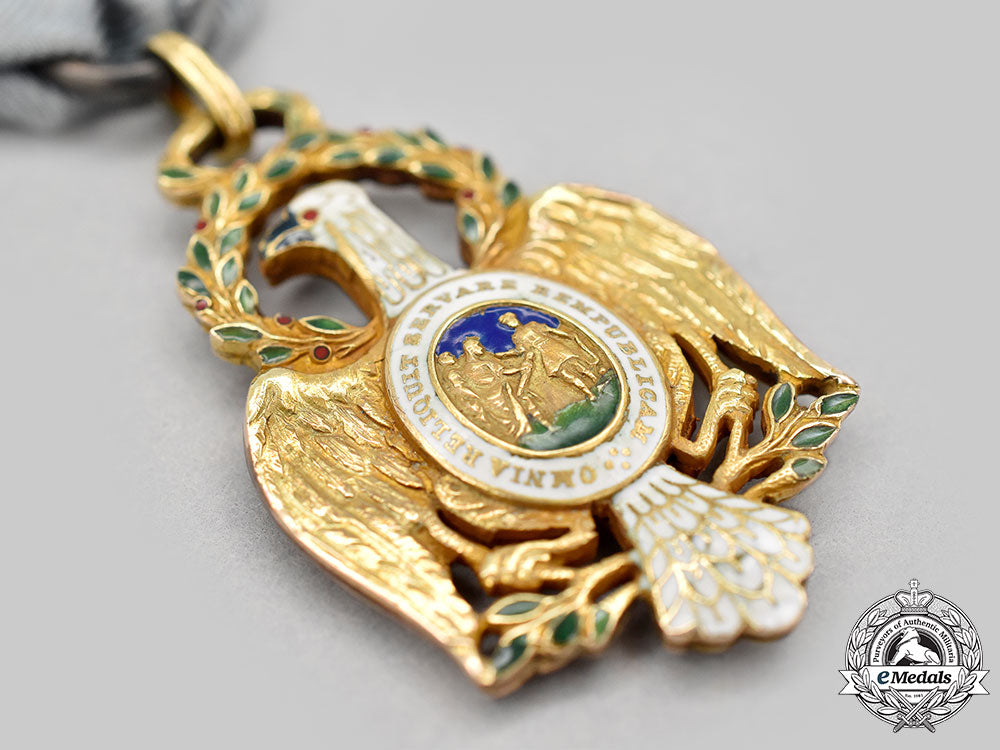
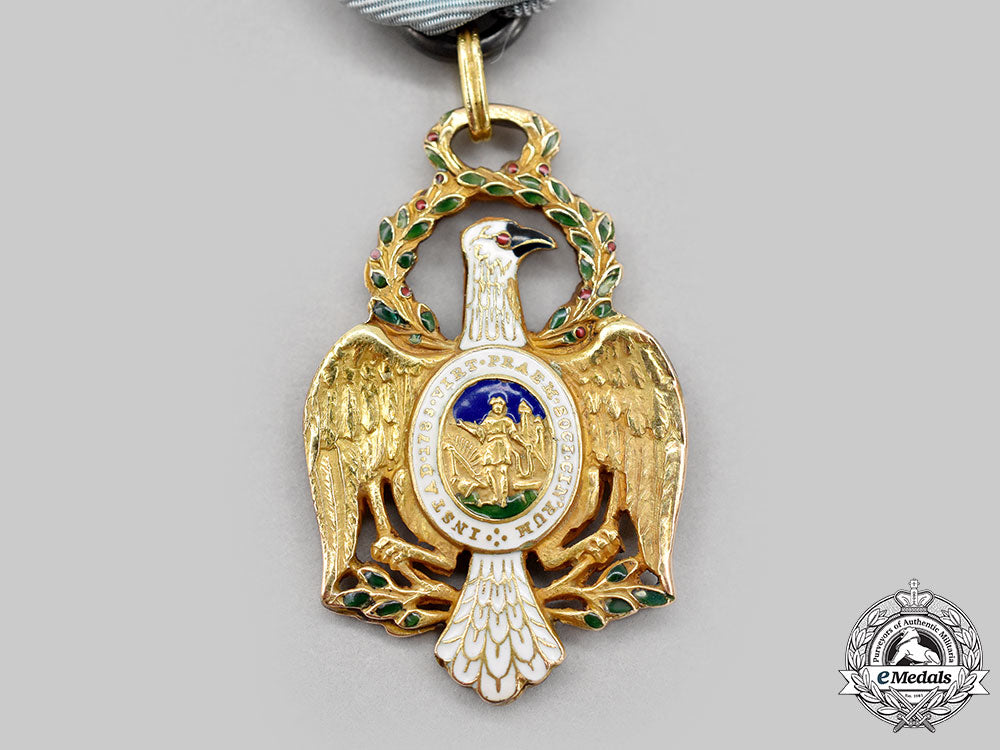
United States. A Society Of The Cincinnati Eagle, New York Eagle In Gold C. 1935
United States. A Society Of The Cincinnati Eagle, New York Eagle In Gold C. 1935
SKU: ITEM: W6757
0% Buyer's Premium
Current Bid:
Your Max Bid:
Bid History:
Time Remaining:
Couldn't load pickup availability
Shipping Details
Shipping Details
eMedals offers rapid domestic and international shipping. Orders received prior to 12:00pm (EST) will be shipped on the same business day.* Orders placed on Canadian Federal holidays will be dispatched the subsequent business day. Courier tracking numbers are provided for all shipments. All items purchased from eMedals can be returned for a full monetary refund or merchandise credit, providing the criteria presented in our Terms & Conditions are met. *Please note that the addition of a COA may impact dispatch time.
Shipping Details
eMedals offers rapid domestic and international shipping. Orders received prior to 12:00pm (EST) will be shipped on the same business day.* Orders placed on Canadian Federal holidays will be dispatched the subsequent business day. Courier tracking numbers are provided for all shipments. All items purchased from eMedals can be returned for a full monetary refund or merchandise credit, providing the criteria presented in our Terms & Conditions are met. *Please note that the addition of a COA may impact dispatch time.
Description
Description
United States. The Society of the Cincinnati Eagle Medal. New York Eagle (1919). A beautiful two piece construction eagle in Gold, left facing in the classic L’Enfant shape, presenting a white enamelled neck and tail with feather designs in gold, a red enamelled eye and black enamelled beak on the head, the eagle presents outstretched wings with delicate feather design in multiple layers, the obverse medallion features two senators presenting a sword to Cincinnatus with a blue sky and green enamelled foreground, surrounded in a white enamelled ring inscribed OMNIA RELIQUIT SERVARE REMPUBLICAM beginning at 6 o’clock, the reverse medallion presents Cincinnatus with a plow, encircled by a white enamelled ring inscribed INST AD 1783 VIRT PRAEM SOCI CIN RUM, the eagle stands on a green enamelled laurel branch and its head is encircled by a green laurel wreath, measures 24.69mm (h) x 39.24mm (w), weighs 14.7 grams (including ribbon), suspended by a small double ring and worn on the original blue and white breast ribbon with pinback brooch, unmarked, slightly misaligned at tail, very minor enamel wear, in extremely fine condition.
Footnote: The New York eagle was adopted in 1919. F.K Pendleton opted to avoid the 1902 design in favour of the L’Enfant design which was known to be worn by the true founders of the society. This eagle was first produced by Tiffany & Co, while later specimens were produced by Bailey, Banks & Biddle and A.M Ross.
The New York Eagle is identified in Minor Myers, Jr.’s book “The Insignia of The Society of the Cincinnati” no. 73, page 109.
The Society of the Cincinnati was first conceived by Major General Henry Knox and was formally established on May 13, 1783. The role of the Society was to preserve the liberties fought for during the American Revolution, maintain the French-American alliance formed throughout the course of the war, and provide charity to the Officers’ families. It is the oldest hereditary society in the United States and continues to function today.
The American Revolution began in 1776 and persisted until 1873 despite the decisive victory over the English at Yorktown in 1781. The constant presence Americans and French Armies eventually resulted in the English signing of a peace treaty in September 1783.
Major General Henry Knox, General Washington’s Chief of Artillery, had the idea of creating a society long before the resolution of the war. However, it was only on April 15, 1783 that his notions for a fraternal patriotic organization were turned into a written proposal. The Society of the Cincinnati was established roughly one month later, with General George Washington serving as the first President General, until his death in 1799. Military personnel (those who served minimum three years or were dismissed) along with all continental officers were eligible to become members. Approximately 2400 officers joined the Society as original members and made a contribution of one months pay towards the organization and the officer’s families. The principles of the order were as follows: “1. An incessant attention to preserve inviolate those exalted rights and liberties of human nature. 2. An unalterable determination to promote and cherish between the respective states the national honor. 3. To render permanent and cordial affection subsisting among the officers, to dictate brotherly kindness in all things and particularly extend to the most substantial acts of beneficence towards those officers and their families who unfortunately may be under the necessity of receiving it.”
The Insignia of the Society was designed by Major Pierre L’Enfant of the Continental Corps of Engineers. He decided that the medal should be no larger than a dollar, and should contain an eagle, as the bird is specific to the North American continent. The medal, generally known as the Eagle, was partially modelled after the French Order of Saint Louis and the Order of Military Merit. In October of 1783, L’Enfant was commissioned by the President General to sail to Paris and oversee the fabrication of the badges in 1784 by Duval and Francastel. The first group of forty-five were “made in a slight way” (measuring 31mm) costing $17 dollars each. For the other members, L’Enfant had a batch of 140 badges made to be sold to individual societies members, which were sold at $26 each. The Medals have since been manufactured by various American and French firms including Jeremiah Andrews, Tiffany & Co., Arthus Bertrand, and Bailey, Banks & Biddle. The latter was the official insignia maker in the 1960s. The Eagles were largely made by hand, resulting in as many as twenty varieties and patterns. However, they all contain allusions to the Patron Saint of the Roman Dictator Cincinnatus. In a translation of Livy’s History of Rome, it is told that Lucius Quintius Cincinnatus, a citizen and farmer, was appointed Dictator when tidings from five horsemen threatened the city. He accepted the position and under his leadership all potential dangers were driven away. Cincinnatus then resigned from his position and returned to his fields and agrarian lifestyle. For these actions he is revered as the quintessential example of Roman simplicity and patriotism, and the Society aims to follow this precedent in all endeavours.
Criticism of the Society exists in the mid 1780s, when citizens argued that this society of officers, adorned by badges, were claiming they had a duty to protect the liberties that the people fought and gave lives for. The strife became so rampant the Society was nearly abolished, however that action would have insulted the French, who were allowed to wear the badge and considered it an official decoration from the United States. The society forged on, however membership numbers dropped to nearly 300 by the middle of the 19th century resulting in the dissolution of several state societies. By 1854, the rules of membership were altered, allowing the descendents of officers to join, regardless if the officer himself was an original member. This resulted in a flourish of members and an increase in interest. Although the Civil War delayed the vision to revive all societies, it offered a renewed sense of patriotism and encouraged the growth of the organization in both individual numbers and the re-establishment of previously lost societies.
As of 1938, the international headquarters is located at the Anderson House in Washington, D.C. Now in its’ third century, the Society promotes the public interest in the revolution through its library and museum collections, publications and other activities. The Eagle remains a rare and unique representation of the oldest hereditary society in the United States.
Description
United States. The Society of the Cincinnati Eagle Medal. New York Eagle (1919). A beautiful two piece construction eagle in Gold, left facing in the classic L’Enfant shape, presenting a white enamelled neck and tail with feather designs in gold, a red enamelled eye and black enamelled beak on the head, the eagle presents outstretched wings with delicate feather design in multiple layers, the obverse medallion features two senators presenting a sword to Cincinnatus with a blue sky and green enamelled foreground, surrounded in a white enamelled ring inscribed OMNIA RELIQUIT SERVARE REMPUBLICAM beginning at 6 o’clock, the reverse medallion presents Cincinnatus with a plow, encircled by a white enamelled ring inscribed INST AD 1783 VIRT PRAEM SOCI CIN RUM, the eagle stands on a green enamelled laurel branch and its head is encircled by a green laurel wreath, measures 24.69mm (h) x 39.24mm (w), weighs 14.7 grams (including ribbon), suspended by a small double ring and worn on the original blue and white breast ribbon with pinback brooch, unmarked, slightly misaligned at tail, very minor enamel wear, in extremely fine condition.
Footnote: The New York eagle was adopted in 1919. F.K Pendleton opted to avoid the 1902 design in favour of the L’Enfant design which was known to be worn by the true founders of the society. This eagle was first produced by Tiffany & Co, while later specimens were produced by Bailey, Banks & Biddle and A.M Ross.
The New York Eagle is identified in Minor Myers, Jr.’s book “The Insignia of The Society of the Cincinnati” no. 73, page 109.
The Society of the Cincinnati was first conceived by Major General Henry Knox and was formally established on May 13, 1783. The role of the Society was to preserve the liberties fought for during the American Revolution, maintain the French-American alliance formed throughout the course of the war, and provide charity to the Officers’ families. It is the oldest hereditary society in the United States and continues to function today.
The American Revolution began in 1776 and persisted until 1873 despite the decisive victory over the English at Yorktown in 1781. The constant presence Americans and French Armies eventually resulted in the English signing of a peace treaty in September 1783.
Major General Henry Knox, General Washington’s Chief of Artillery, had the idea of creating a society long before the resolution of the war. However, it was only on April 15, 1783 that his notions for a fraternal patriotic organization were turned into a written proposal. The Society of the Cincinnati was established roughly one month later, with General George Washington serving as the first President General, until his death in 1799. Military personnel (those who served minimum three years or were dismissed) along with all continental officers were eligible to become members. Approximately 2400 officers joined the Society as original members and made a contribution of one months pay towards the organization and the officer’s families. The principles of the order were as follows: “1. An incessant attention to preserve inviolate those exalted rights and liberties of human nature. 2. An unalterable determination to promote and cherish between the respective states the national honor. 3. To render permanent and cordial affection subsisting among the officers, to dictate brotherly kindness in all things and particularly extend to the most substantial acts of beneficence towards those officers and their families who unfortunately may be under the necessity of receiving it.”
The Insignia of the Society was designed by Major Pierre L’Enfant of the Continental Corps of Engineers. He decided that the medal should be no larger than a dollar, and should contain an eagle, as the bird is specific to the North American continent. The medal, generally known as the Eagle, was partially modelled after the French Order of Saint Louis and the Order of Military Merit. In October of 1783, L’Enfant was commissioned by the President General to sail to Paris and oversee the fabrication of the badges in 1784 by Duval and Francastel. The first group of forty-five were “made in a slight way” (measuring 31mm) costing $17 dollars each. For the other members, L’Enfant had a batch of 140 badges made to be sold to individual societies members, which were sold at $26 each. The Medals have since been manufactured by various American and French firms including Jeremiah Andrews, Tiffany & Co., Arthus Bertrand, and Bailey, Banks & Biddle. The latter was the official insignia maker in the 1960s. The Eagles were largely made by hand, resulting in as many as twenty varieties and patterns. However, they all contain allusions to the Patron Saint of the Roman Dictator Cincinnatus. In a translation of Livy’s History of Rome, it is told that Lucius Quintius Cincinnatus, a citizen and farmer, was appointed Dictator when tidings from five horsemen threatened the city. He accepted the position and under his leadership all potential dangers were driven away. Cincinnatus then resigned from his position and returned to his fields and agrarian lifestyle. For these actions he is revered as the quintessential example of Roman simplicity and patriotism, and the Society aims to follow this precedent in all endeavours.
Criticism of the Society exists in the mid 1780s, when citizens argued that this society of officers, adorned by badges, were claiming they had a duty to protect the liberties that the people fought and gave lives for. The strife became so rampant the Society was nearly abolished, however that action would have insulted the French, who were allowed to wear the badge and considered it an official decoration from the United States. The society forged on, however membership numbers dropped to nearly 300 by the middle of the 19th century resulting in the dissolution of several state societies. By 1854, the rules of membership were altered, allowing the descendents of officers to join, regardless if the officer himself was an original member. This resulted in a flourish of members and an increase in interest. Although the Civil War delayed the vision to revive all societies, it offered a renewed sense of patriotism and encouraged the growth of the organization in both individual numbers and the re-establishment of previously lost societies.
As of 1938, the international headquarters is located at the Anderson House in Washington, D.C. Now in its’ third century, the Society promotes the public interest in the revolution through its library and museum collections, publications and other activities. The Eagle remains a rare and unique representation of the oldest hereditary society in the United States.
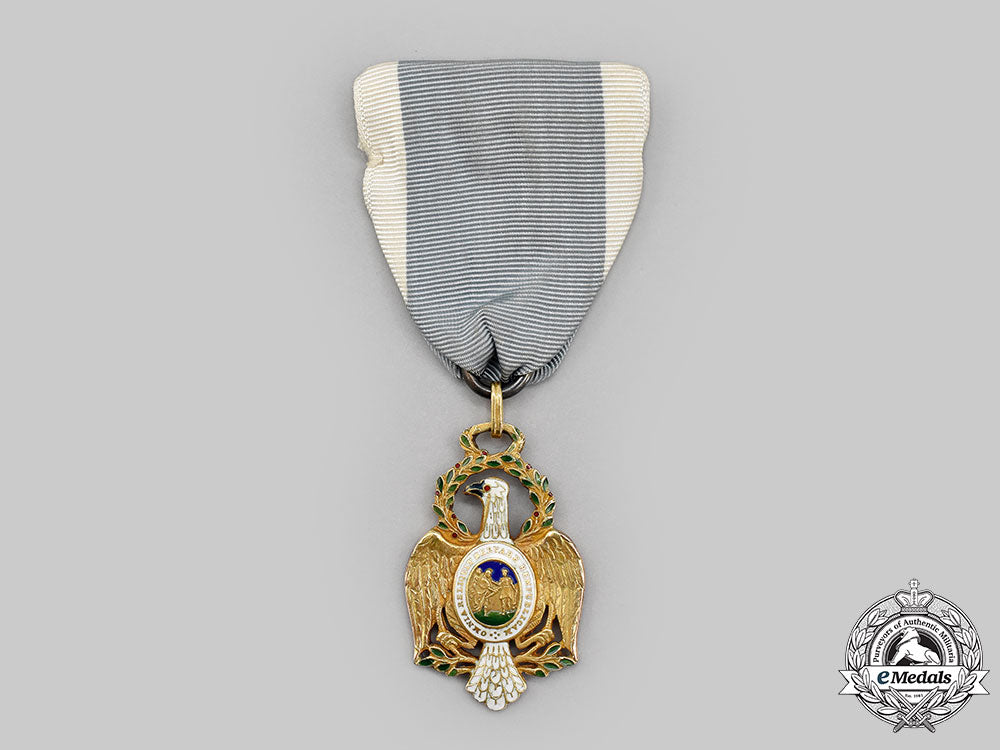
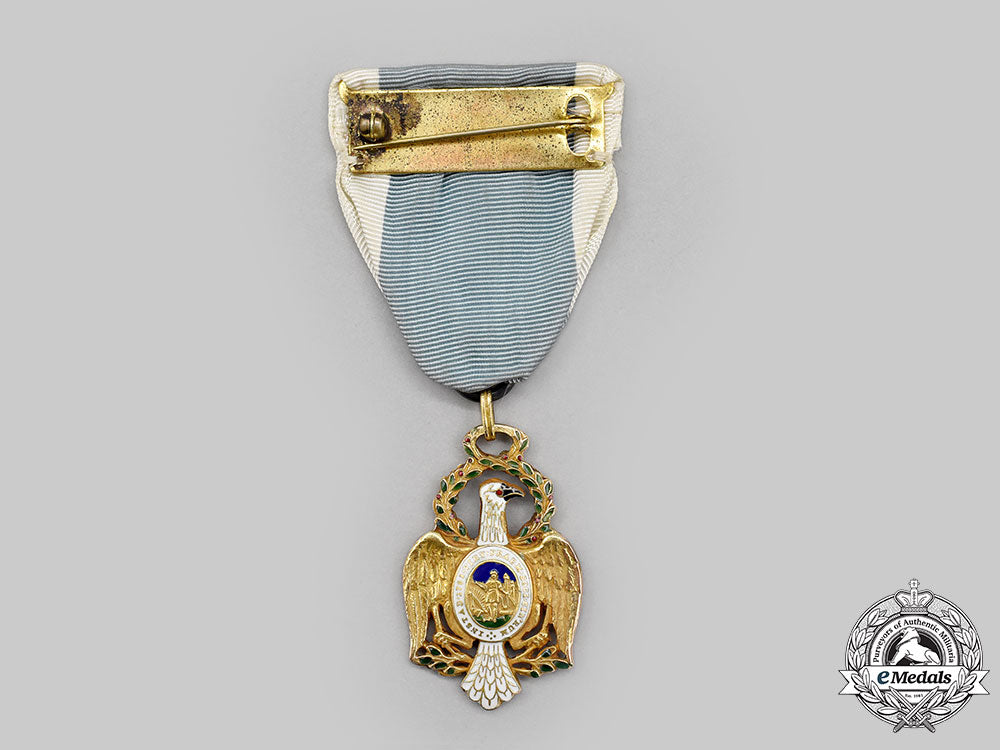
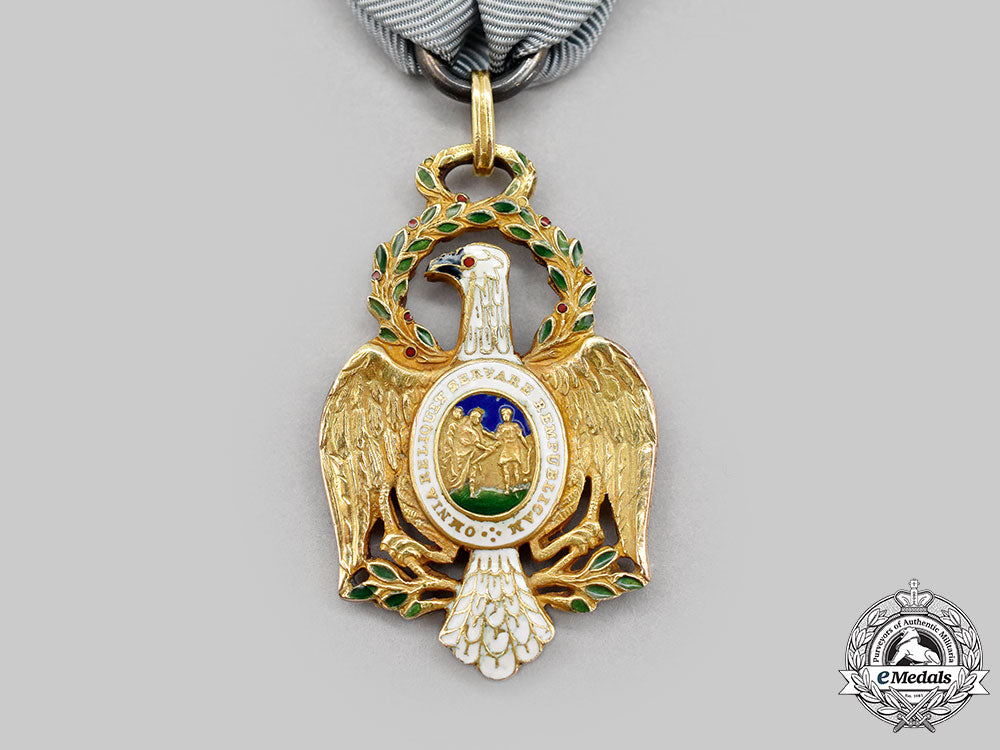
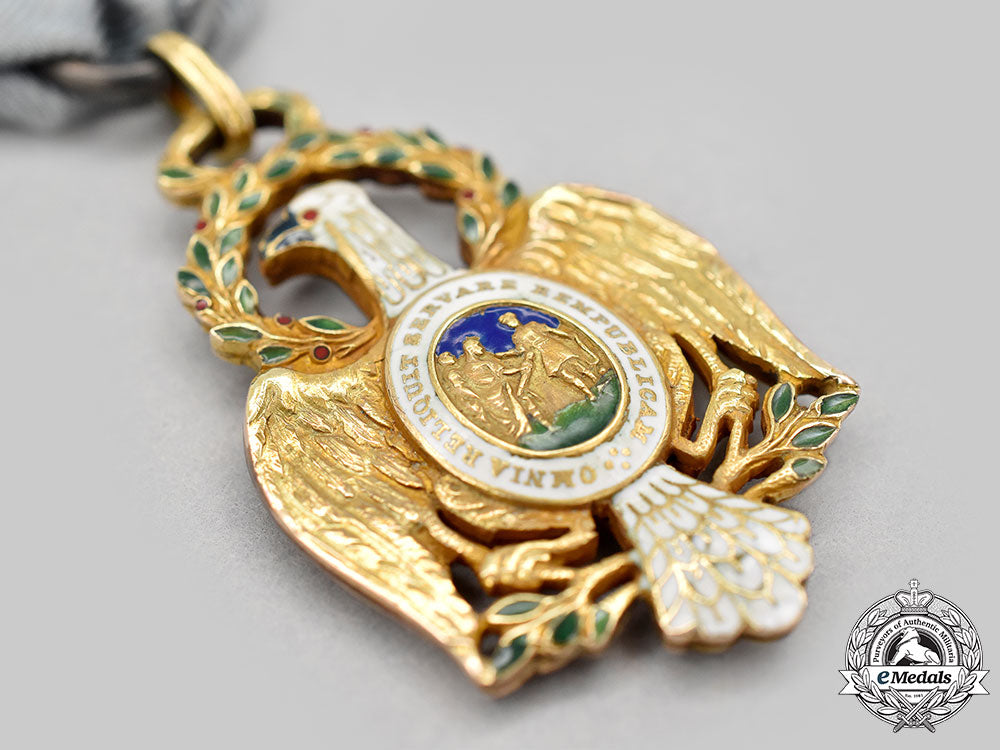
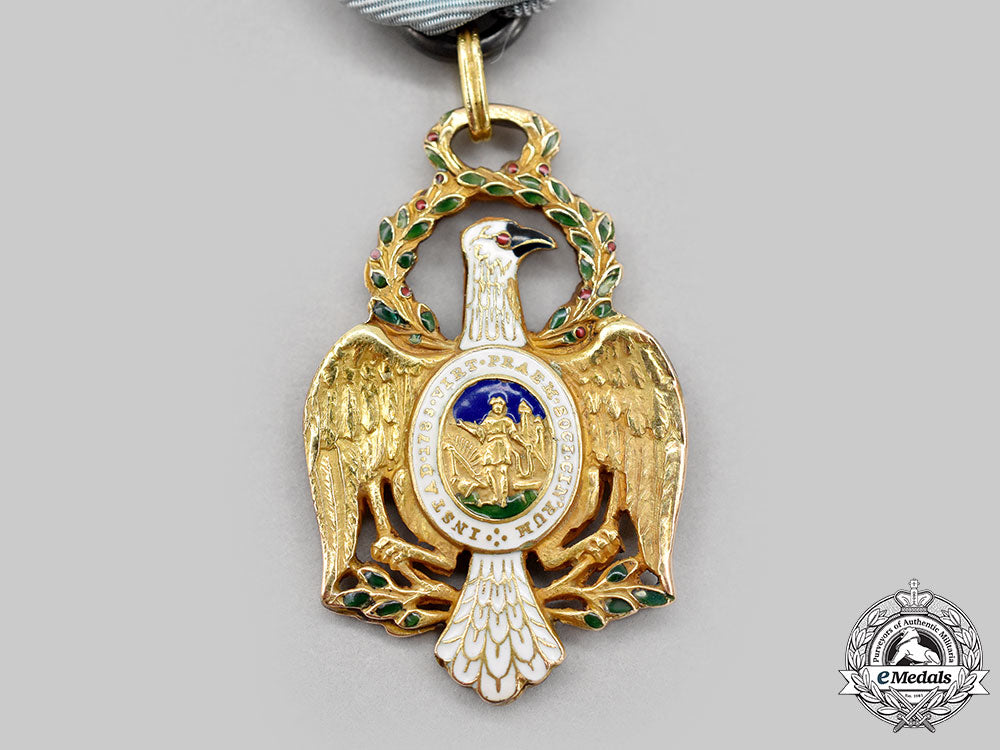
You May Also Like
Germany, Third Reich. A Mixed Lot of Tyrolean Marksmanship Badges
G52930
Germany, SS. An Estonian Waffen-SS Volunteer’s Sleeve Shield
G50381
Germany, SS. A Waffen-SS Sturmmann Sleeve Insignia
G52846
Germany, Third Reich; Slovakia, First Republic. A Mixed Lot of Wartime Postcards
G52905
Germany, Third Reich. A Pair of Tyrolean Marksmanship Badges
G52981
-
Germany, Third Reich. A Mixed Lot of Tyrolean Marksmanship Badges
G52930
Add to CartRegular price $135 USDRegular price $0 USD Sale price $135 USDUnit price / per -
Germany, SS. An Estonian Waffen-SS Volunteer’s Sleeve Shield
G50381
Add to CartRegular price $150 USDRegular price $0 USD Sale price $150 USDUnit price / per -
Germany, SS. A Waffen-SS Sturmmann Sleeve Insignia
G52846
Add to CartRegular price $135 USDRegular price $0 USD Sale price $135 USDUnit price / per -
Germany, Third Reich; Slovakia, First Republic. A Mixed Lot of Wartime Postcards
G52905
Add to CartRegular price $135 USDRegular price $0 USD Sale price $135 USDUnit price / per -
Germany, Third Reich. A Pair of Tyrolean Marksmanship Badges
G52981
Add to CartRegular price $135 USDRegular price $0 USD Sale price $135 USDUnit price / per
Do you have a similar item you are interested in selling?
Please complete the form and our client care representatives will contact you.
Sell Item